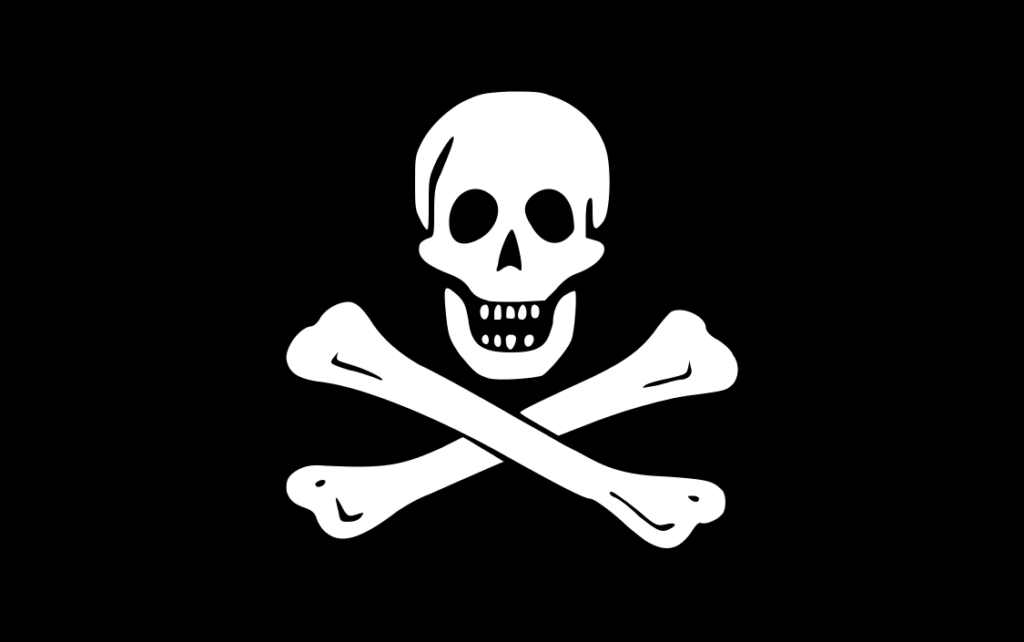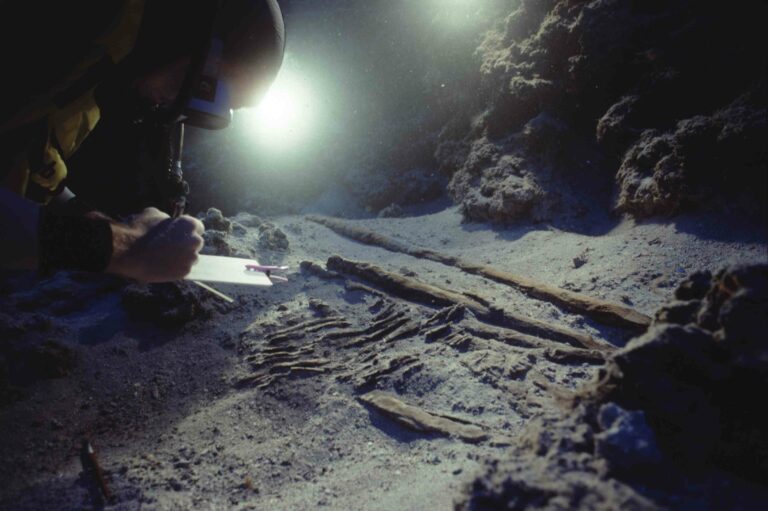The Republic of Pirates
Swashbuckling Legacies & Sunken Treasures
When the word “pirate” is mentioned, it conjures images of bearded men with eye patches, parrots on shoulders, and black flags emblazoned with skull and crossbones. Yet, the true story of the Republic of Pirates, a rogue society that thrived in the early 18th century, is far more intriguing than any Hollywood script. Let’s set sail on an adventure through time, unraveling the mysteries of this audacious republic and the underwater shipwrecks that lay testament to its history.

The Dawn of the Republic
It all began in the Bahamas, specifically on the island of New Providence, a perfect haven for pirates due to its strategic location and natural harbors. The Republic of Pirates wasn’t a republic in the traditional sense. No grand assembly halls or stately palaces here. Instead, it was a loosely governed collective of pirates and privateers who lived by their own code. At its helm were legendary pirates like Blackbeard (Edward Teach), Charles Vane, and ‘Calico’ Jack Rackham. The Republic operated in defiance of the great empires of the day, launching audacious raids on their ships and settlements.
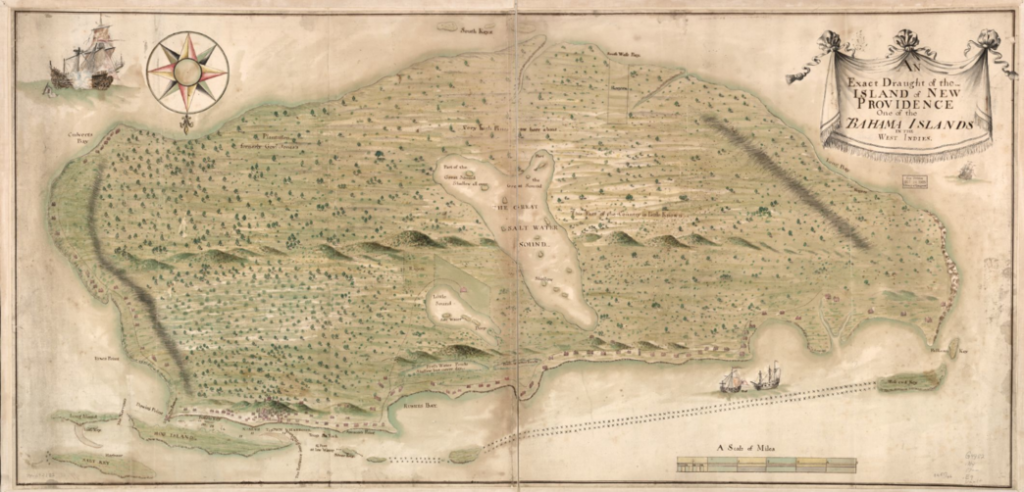
Life in the Republic
In Nassau, the unofficial capital, pirates would plan their next voyages, split their loot, and, of course, indulge in the many taverns lining its muddy streets. Contrary to popular belief, there was an unspoken order in the chaos. The pirates’ code, or ‘articles,’ dictated everything from division of spoils to compensation for injuries. To betray the code meant severe punishment or even death. In a world of outsiders, loyalty was paramount.
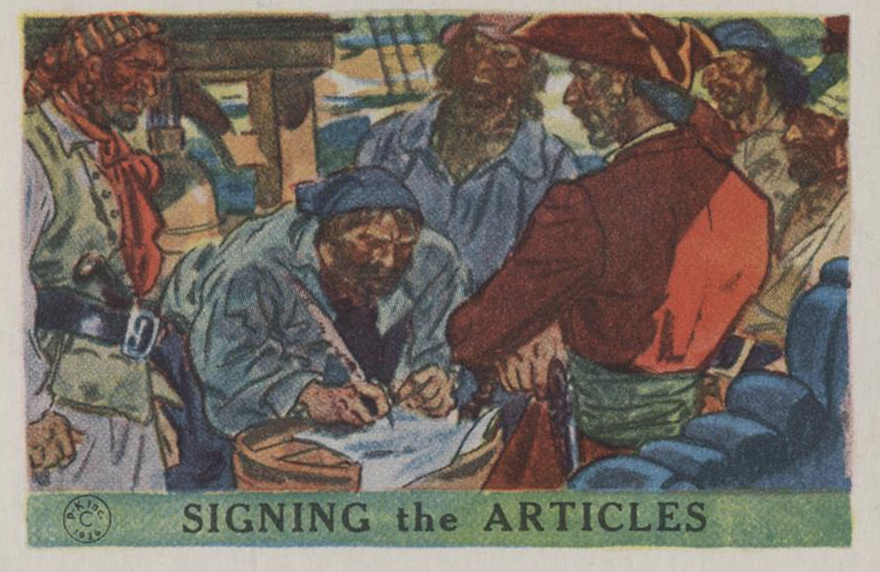
The Sunken Legacy
As remarkable as the tales of the Republic of Pirates are, the shipwrecks left behind have woven an even more enchanting narrative. These sunken ships provide archaeologists and historians with tangible links to the golden age of piracy.
- The Queen Anne’s Revenge: Arguably the most famous of the wrecks, it was none other than Blackbeard’s flagship. Discovered off the coast of North Carolina in 1996, the wreck has yielded a trove of artifacts, from cannons to gold coins, painting a vivid picture of pirate life.
- The Whydah Gally: Captured and commandeered by the pirate Sam Bellamy, the Whydah was laden with treasure from over 50 other ships when it sank in a storm off Cape Cod in 1717. The discovery of the wreck in 1984 revealed thousands of artifacts, including weapons, jewelry, and even the ship’s bell, inscribed with the name ‘Whydah Gally 1716.’
- The Adventure Galley: Captain Kidd’s infamous ship is believed to have sunk near the island of Sainte-Marie off Madagascar’s coast. Though yet to be definitively located, its legend fuels the ambitions of treasure hunters to this day.
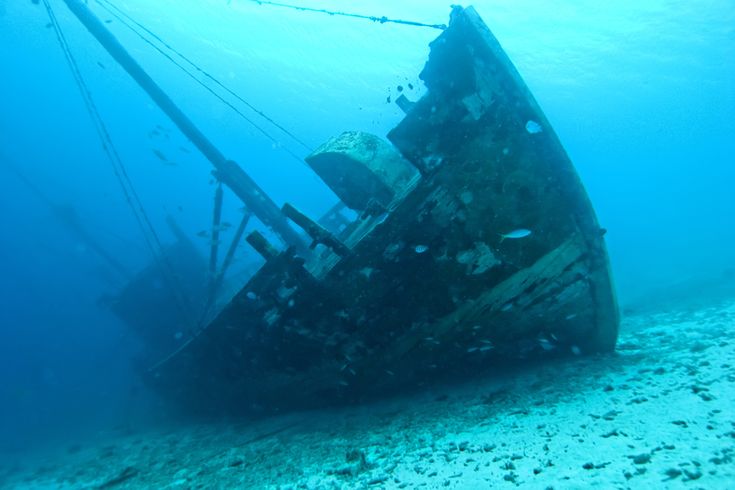
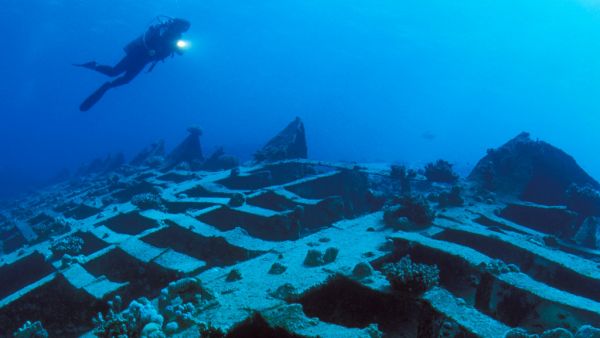
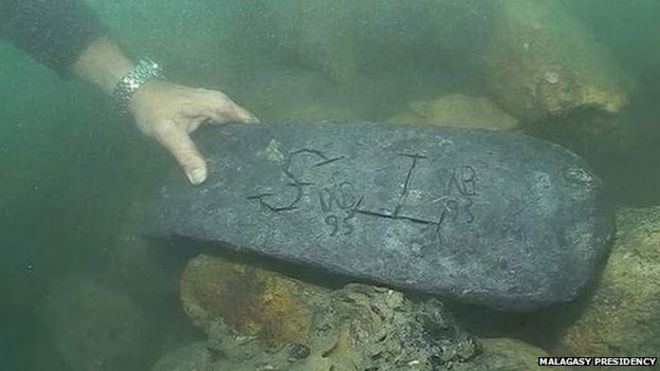
The End of an Era
The Republic’s audacity inevitably drew the ire of the world’s superpowers. With mounting pressure, a concerted effort to eradicate piracy began. By 1720, the Republic was in decline, as many pirates accepted royal pardons or met their end at the gallows. Yet, their legacy lived on, inspiring tales of adventure and freedom.
The Republic of Pirates, with its brazen leaders and tales of untold treasures, remains one of history’s most captivating epochs. The shipwrecks that pepper the ocean’s floor stand as silent witnesses to this era of lawlessness and liberty. Through them, we can touch the past, feel the adrenaline of a high-seas chase, and perhaps even hear the distant echo of a pirate’s shanty carried by the wind.
More info on Pirates
“Fun Fact: Pirates often wore gold and silver earrings not just for fashion but for practical reasons. If they died ashore, the valuable metal from their earrings was meant to cover the cost of a proper burial.”
“While parrots are famously associated with pirates thanks to literature and film, it was more common for pirates to keep cats and monkeys as pets on their ships. Cats helped control the rat population, which was crucial for preserving food supplies and preventing the spread of diseases. Monkeys, on the other hand, were often seen as exotic pets and could be sold at a high price in European ports. So, not every pirate had a “Polly” on their shoulder!”
If this pirate escapade piqued your interest, dive deeper into our maritime archaeological tales by clicking the button below.

